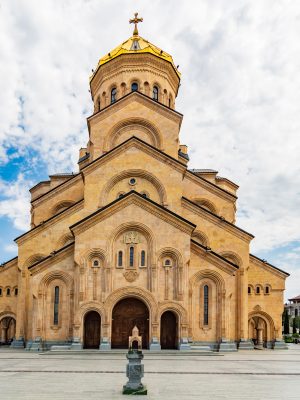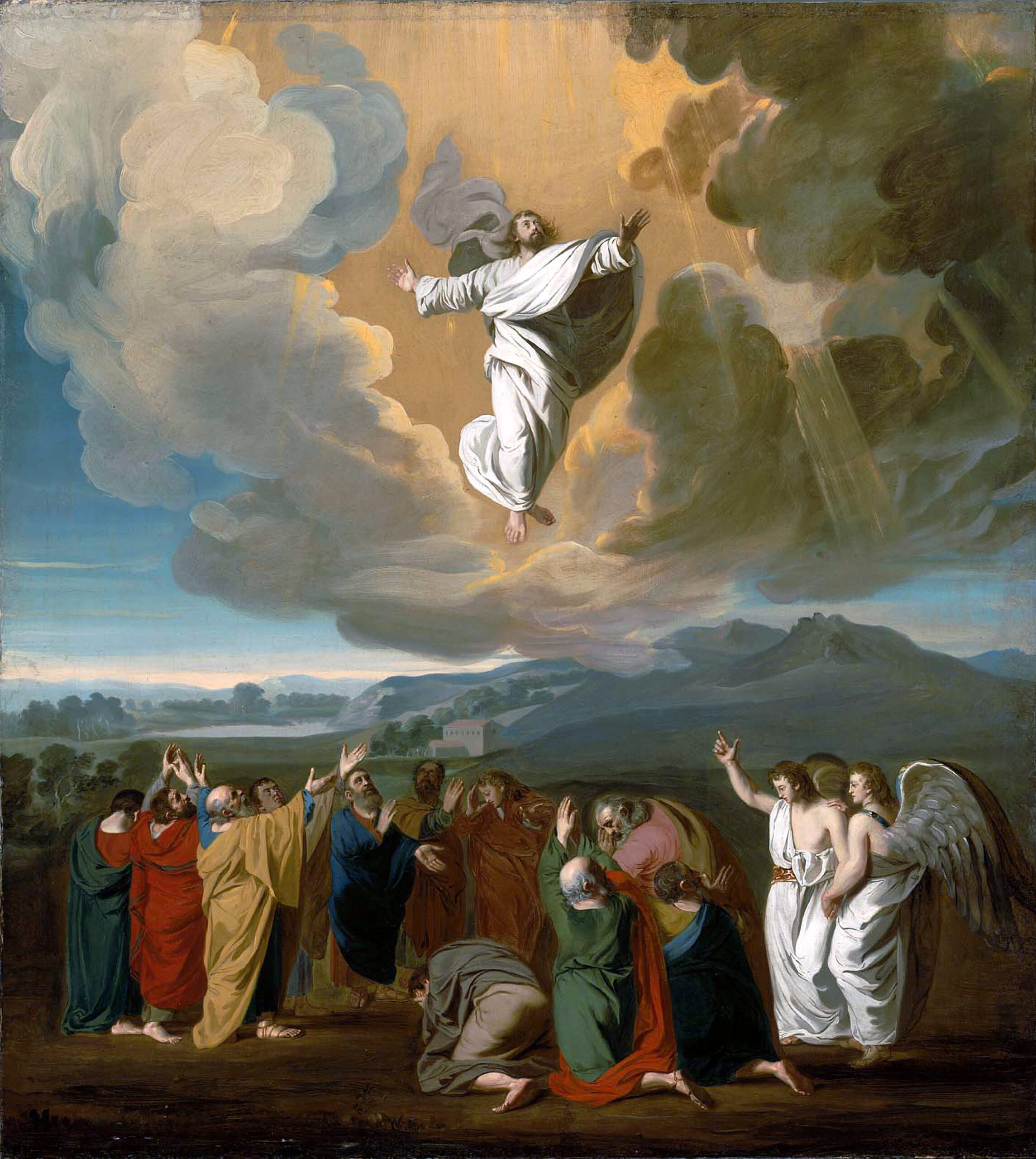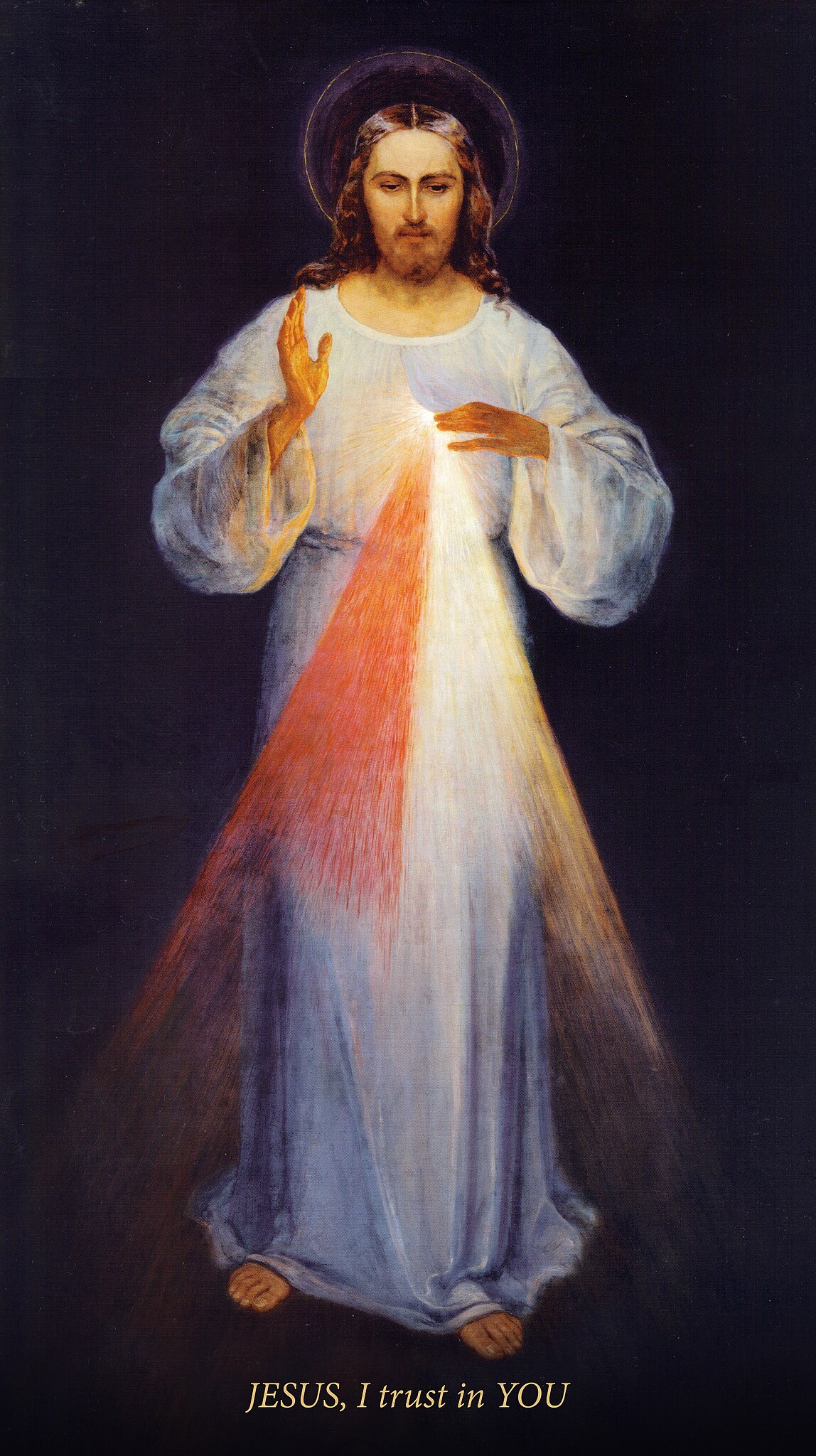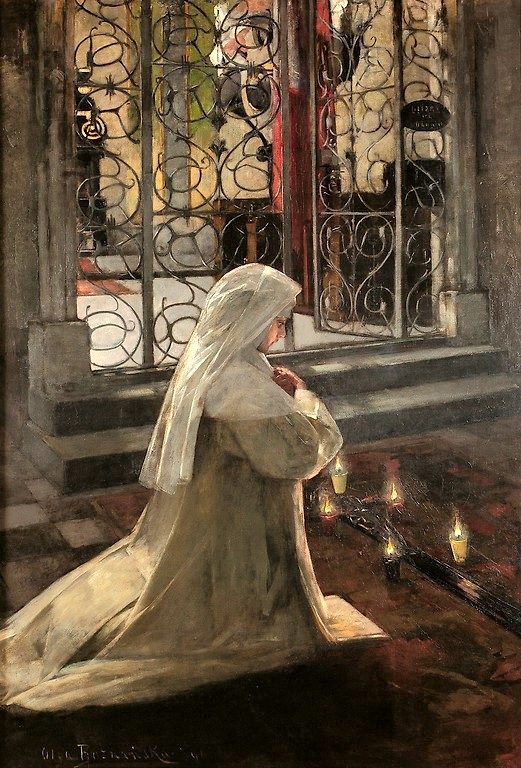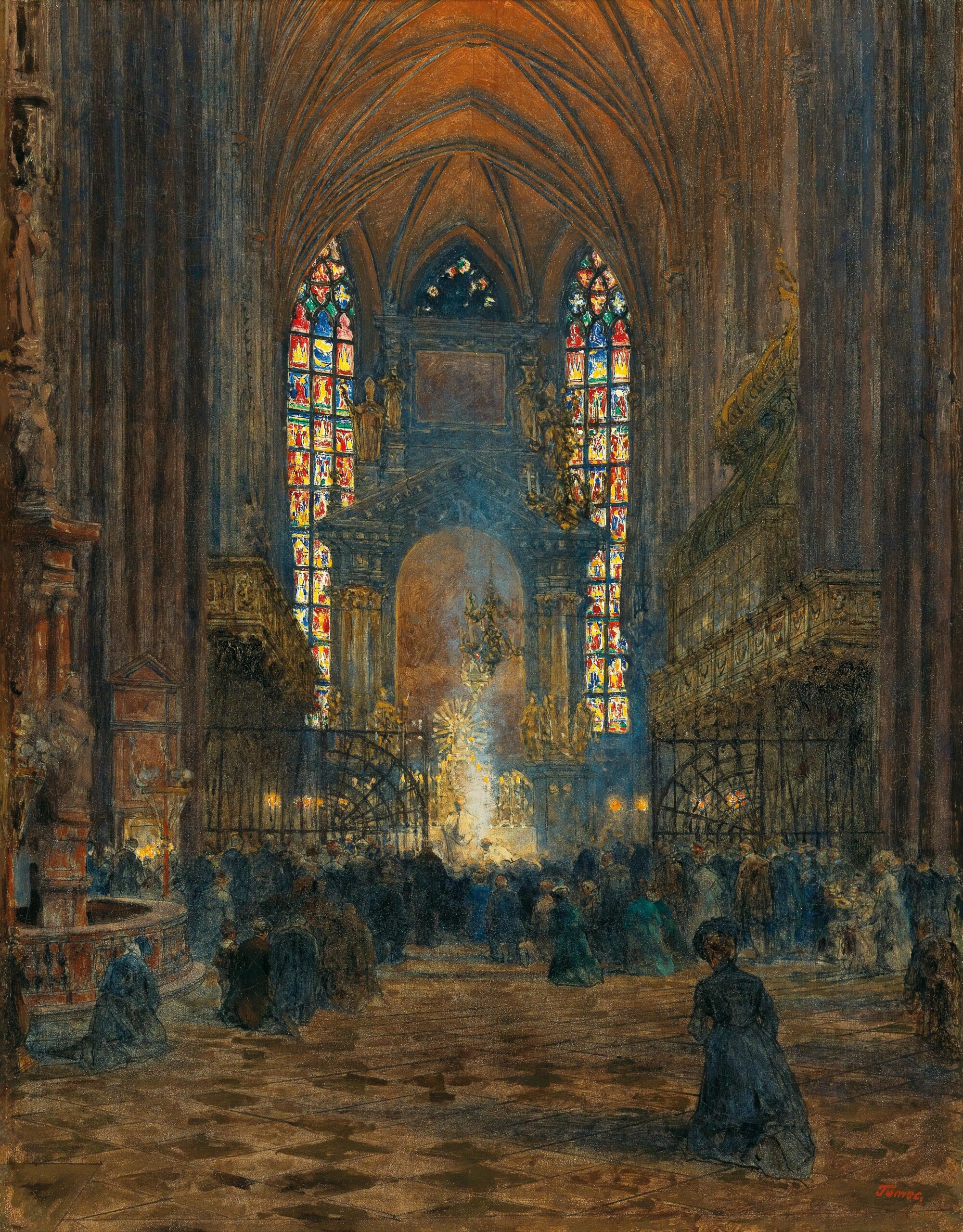The Role of Beauty
Beauty and the sacred are connected in human emotions and both have their origin in the experience of God. This is news for many people. So many await this revelation and do not know that they are missing out because no one has announced to them these blessed realities, things they have never tapped into.
Sir Roger Scruton writes, “Many people seem to live in an aesthetic vacuum, filling their days with utilitarian calculations, and with no sense that they are missing out on the higher life” (Scruton, Beauty: A Very Short Introduction, p. 50).
Beauty is given and received. It is expressed in love, sacrifice, splendor, joy, and abundance, all perpetual signs of the expansive goodness of God. The pilgrim responds to a call to embark on a pilgrimage in response to a heavenly grace, knowing it is smart to willingly revise one’s own location in order to place oneself in the direct path of the experience of God. This is the pilgrim impulse. This openness and willingness for a new experience hearkens the chance of a pilgrim to be well disposed and in the right place when God works a miracle, as when a comet makes a sweep through a section of sky.
St. Dionysius explains that the human soul naturally desires the “Beautiful and Good” (God) and that this process is actually God reaching down to man, “Good seeking good.” It is God who brings the pilgrimage experience together, returning all things to His heart.
“And so it is that all things must desire, must yearn for, must love, the Beautiful and Good… And we may be so bold as to claim also that the Cause of all things loves all things in the superabundance of his goodness, that because of this goodness he makes all things, brings all things to perfection, holds all things together, returns all things. The divine longing is Good seeking good for the sake of the good” (Dionysius the Areopagite: The Divine Names IV, p. 708A-B).
The Innate Human Desire for Transcendence
The human person is made up of both body and soul, intellect and will. Humans have an innate desire to connect with the transcendent or higher spiritual realities. The pious practice of making pilgrimages therefore answers an innate desire of the spiritual senses, arousing or increasing devotion by visiting a holy place.
This natural drive has its origin in the fact that religious impressions naturally become stronger in the places that have been chosen from all time by God to be made hallowed by certain religious events. Even travel and a mere change of scene has a stimulating effect on the mind of man. When the place visited is one of sentimental or historic interest in a religious sense, it can bring before the pilgrim’s mind, more vividly than just staying at home, the events that made it well known. The Bible, for example, comes alive for all those who are fortunate to travel to the Holy Land, where they leave forever changed, never reading Scripture the same way again.
What is therefore of merely natural impressions is even more true of those that are religious and devotional. To behold with one’s own eyes the very places that were once sanctified by the living presence of Our Lord, to kneel at the shrines that were the scenes of apparitions of the saints, to join in the prayers of assembled thousands, of every rank and condition, from the remotest parts of the earth – all this is full of inspiration for the human mind and fills the soul with a religious fervor and exaltation that could hardly be attained elsewhere.
The roots of pilgrimage predate the Christian religion. Pilgrimage is something that the early Christian communities inherited from their Jewish origins. The Jewish law imposed upon the heads of families as an obligation, a pilgrimage to Jerusalem for the celebration of certain great festivals. For this reason, Christ as a child grew up very accustomed to the practice of making annual pilgrimages to the holy city of Jerusalem. Certain Psalms, 15 in number, called the “Song of Ascents” were memorized and sung as the pilgrims approached Jerusalem and are still read by Christian pilgrims arriving in Jerusalem by bus, as they approach the city set atop the hills (Deuteronomy 16:16).
You Do Not Journey Alone
One of the essential components of the pilgrimage experience is the reality that the pilgrim does not travel alone. He or she is guided by the Holy Spirit and meets others along the way, realizing that no man is an island, that the pilgrim is one of many. Filled with an ardent desire that is shared, differing people begin their journey for different reasons.
In some sense, the Catholic faith is simple and strong, it has a universal appeal. When pilgrims set out on the roads to Europe or the stormy seas to Palestine, they should be motivated by an ardent desire to encounter the transcendent. Upon arrival, after great personal expense, they can offer their fatigue and sufferings as an expiation for their sins and offer fervent prayers to secure the mercy of God and the intercession of Heaven.
“Let us always keep walking,” counsels St. Francis de Sales, “though we advance slowly, yet we shall make much way.” He further gives council to take one step at a time, one day at a time, remembering at all times, one’s humanness:
“To travel well, we should apply ourselves to the present day’s journey, and not concern ourselves about the final one before we have finished the first. Remember this: we sometimes amuse ourselves so much about being good angels, that we hardly labor to become good men” (St. Francis de Sales: Consoling Thoughts on Trials of an Interior Life, p. 28).
In encouraging the making of pilgrimages, the Church has instilled a practice which has produced good results in all previous generations. Whether they journey abroad to see the cave of Bethlehem or the empty tomb of Christ in Jerusalem, or if they stay local and make a pilgrimage to a local shrine or cathedral church, the experience of metanoia stands strong as an invitation to enrich the spiritual life of all Christians.
The Church continues to approve pilgrimages as a useful means of devotion. Specifically, this is because she recognizes the fact that God has in history often granted and still grants in a spirit of largess, heavenly favors to those who visit these holy places. For every pilgrim something incredible will occur.
“Our Church approves and recommends pilgrimages as a useful means of devotion, because she recognizes the fact that God has often granted and still grants favors in the form of graces, miracles, and worldly blessings at particular places, as a reward for the perseverance and fervor of those who have journeyed thither, and as an aid in increasing the devotion of the faithful to our Blessed Lord, to His Virgin Mother, and to His servants who are specially honored at certain shrines” (The Externals of the Catholic Church, pp. 302-303).
Some of these graces, miracles, and blessings manifest themselves in the moment, at a certain holy place, while others are revealed in more mysterious ways in the days or months following a pilgrimage. Every pilgrim before setting out should make an intention and pray in earnest for that intention to be granted as a grace of the pilgrimage, in God’s good time and in light of God’s holy will. At the end of the day, every pilgrim can look back at his petition and see how God has manifested his glory over time and place. If properly disposed, every pilgrim should also experience the grace of consolation, which is sometimes the greatest miracle of the journey. Indeed, for many the experience of pilgrimage is like lighting a match as the Faith comes alive through a personal encounter with the Spirit of God.


